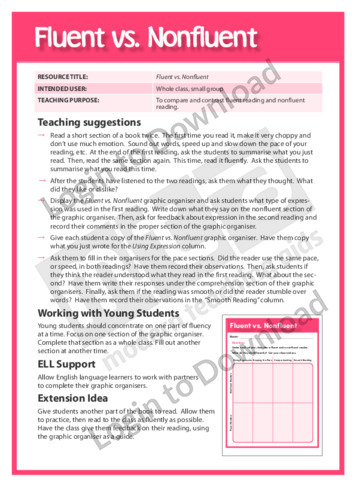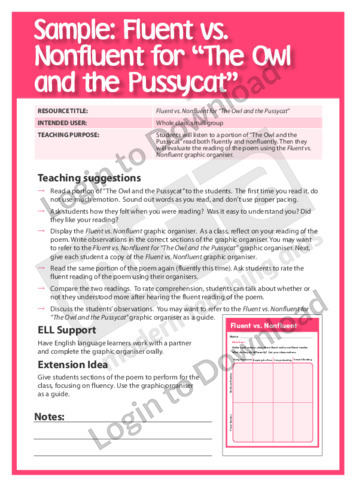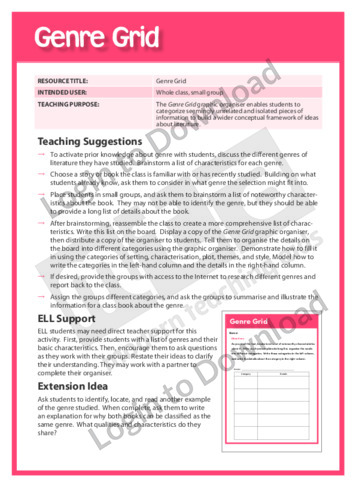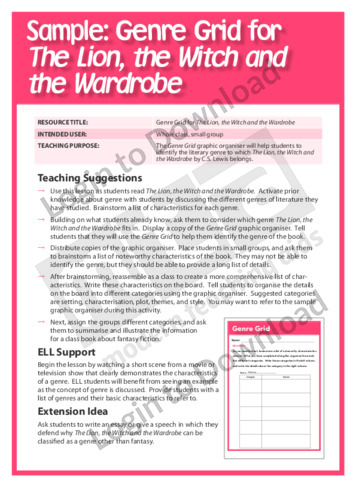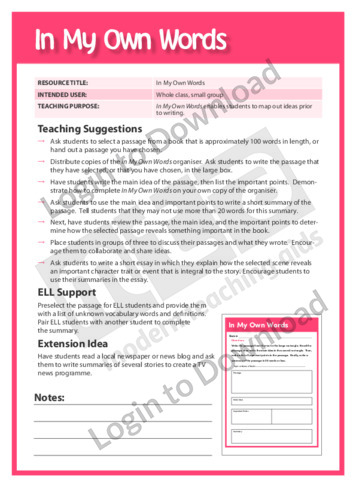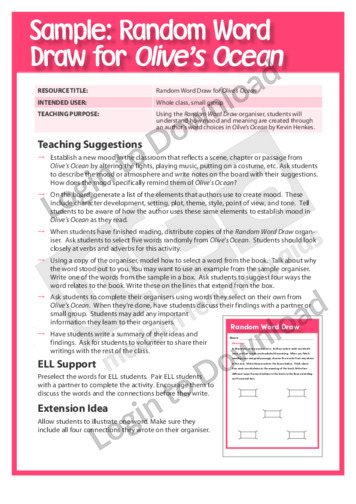This graphic organiser, ‘Fluent vs. Non-fluent’ asks students to compare and contrast fluent reading and non-fluent reading.
This graphic organiser, ‘Fluent vs. Non-fluent for The Owl and the Pussycat’ asks students to listen to and evaluate a passage from The Owl and the Pussycat read both fluently and non-fluently.
This graphic organiser, ‘Genre Grid’ enables students to categorise seemingly unrelated and isolated pieces of information to build a wider conceptual framework of ideas about literature.
This graphic organiser, ‘Genre Grid for The Lion, the Witch and the Wardrobe’ helps students to identify the literary genre to which The Lion, the Witch and the Wardrobe by C.S. Lewis belongs.
This graphic organiser, ‘In My Own Words’ enables students to map out ideas prior to writing.
This graphic organiser, ‘In My Own Words for Anne of Green Gables’ asks students to summarise and paraphrase information after reading a passage from Anne of Green Gables by L.M. Montgomery.
This graphic organiser, ‘Random Word Draw’ helps students to visually piece together otherwise unrelated information.
This graphic organiser, ‘Random Word Draw for Olive’s Ocean’ helps students understand how mood and meaning are created through an author’s word choices in Olive’s Ocean by Kevin Henkes.
This graphic organiser, ‘Why That Ending?’ provides a structure with which students can summarise the plot of the story, record the ending of the story and then create their own endings.
This graphic organiser, ‘Why That Ending? for Wild Things’ asks students to evaluate the plot and the ending of Where the Wild Things Are by Maurice Sendak and create new endings.
It�s that easy!

